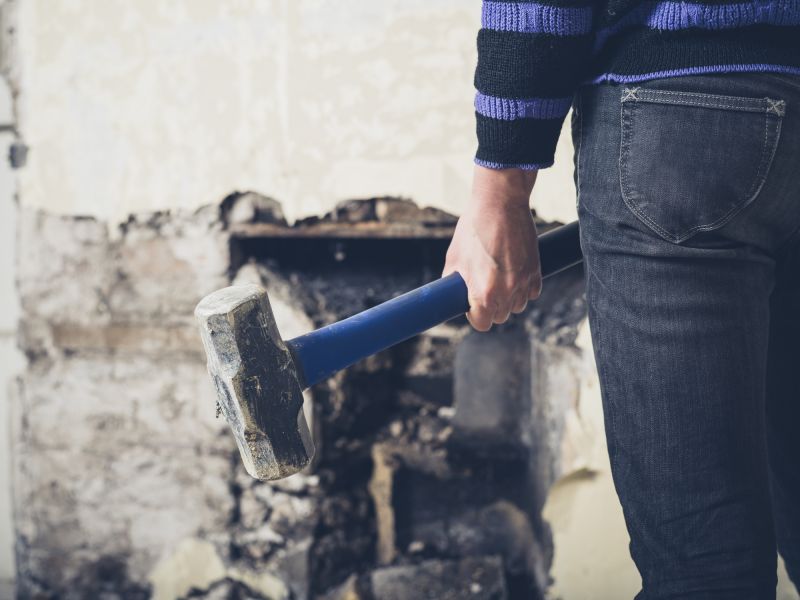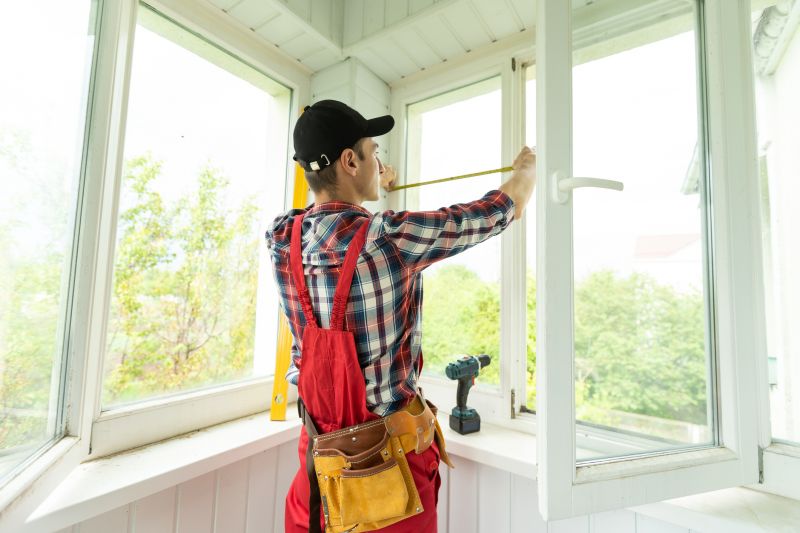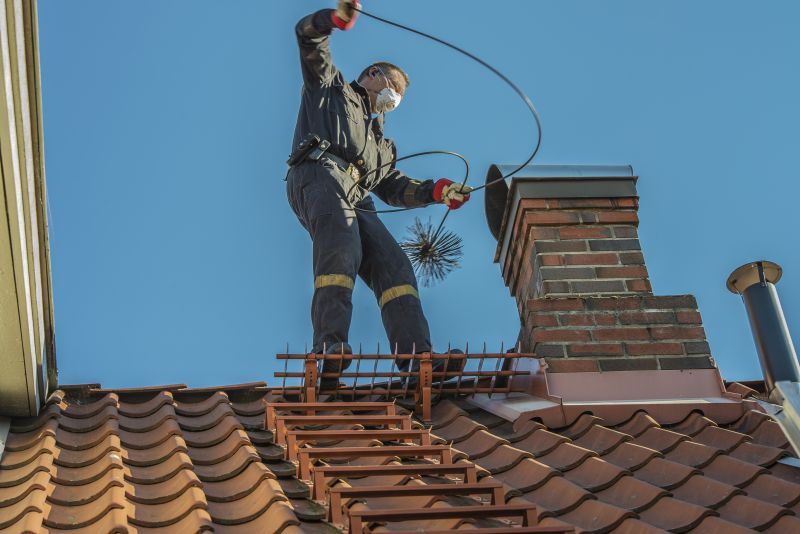Optimal Timing for Chimney Demolitions
Determining the optimal timing for chimney demolitions depends on various factors including weather conditions, structural assessments, and seasonal considerations. Typically, demolitions are best scheduled during dry, mild weather periods to ensure safety and efficiency.
Performing chimney demolitions during favorable weather minimizes risks related to moisture, wind, and temperature fluctuations. Additionally, scheduling during periods of low activity can reduce disruptions to surrounding properties and utilities.
Dry and mild weather is ideal for chimney demolitions to ensure safety and ease of work.
Demolitions should be scheduled after thorough structural evaluations to identify potential hazards.
Late spring or early fall often provides optimal conditions for safe and efficient demolition.
Coordination with utility providers is essential to avoid service disruptions during demolition.

Ways to make Chimney Demolitions work in tight or awkward layouts.

Popular materials for Chimney Demolitions and why they hold up over time.

Simple add-ons that improve Chimney Demolitions without blowing the budget.

High-end options that actually feel worth it for Chimney Demolitions.

Finishes and colors that play nicely with Chimney Demolitions.

Little measurements that prevent headaches on Chimney Demolitions day.
Chimney demolitions are a critical component of property renovation, safety upgrades, or structural modifications. Proper timing ensures the work is conducted efficiently, safely, and with minimal impact on the surrounding environment. Advanced planning, including weather considerations and coordination with local authorities, contributes to successful demolition projects.

A 60-second routine that keeps Chimney Demolitions looking new.

A frequent mistake in Chimney Demolitions and how to dodge it.

Small tweaks to make Chimney Demolitions safer and easier to use.

Lower-waste or water-saving choices for Chimney Demolitions.
| Factor | Considerations |
|---|---|
| Weather Conditions | Optimal during dry, mild weather to ensure safety. |
| Structural Stability | Assess before scheduling to prevent hazards. |
| Seasonal Timing | Late spring or early fall preferred. |
| Utility Coordination | Ensure utilities are managed to avoid disruptions. |
| Permits & Regulations | Compliance may affect timing. |
| Project Size | Larger projects may require extended planning. |
| Accessibility | Ensure site access is available during planned dates. |
| Community Impact | Schedule to minimize disturbance to neighbors. |
Timely execution of chimney demolitions enhances safety and efficiency. Proper planning and adherence to optimal conditions reduce risks and facilitate smoother project completion. Interested parties are encouraged to contact for further information or to discuss specific project needs.



